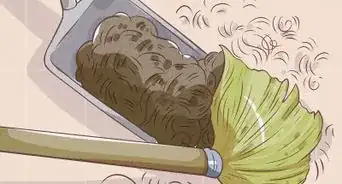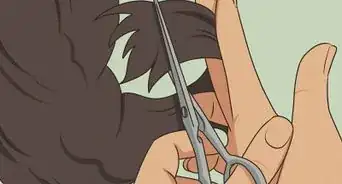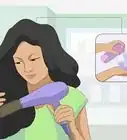This article was co-authored by Patrick Evan. Patrick Evan is the Owner of Patrick Evan Salon, a hair salon in San Francisco, California. He has been a hairstylist for over 25 years and is a Thermal Reconditioning Specialist, dedicated to transforming difficult curls and waves into sleek, straight hair. Patrick Evan Salon was rated the Best Hair Salon in San Francisco by Allure magazine, and Patrick's work has been featured in Woman’s Day, The Examiner, and 7x7.
There are 8 references cited in this article, which can be found at the bottom of the page.
This article has been viewed 122,697 times.
A fabulous new haircut can instantly make you feel more confident. If you've been burned by bad styles in the past, though, it can be tough to feel comfortable when you're sitting in a stylist's chair. The key to winding up with a cut you love is finding a stylist who you can communicate with and being as specific as possible about what you want in the finished style.
Steps
Finding the Right Salon and Stylist
-
1Get recommendations. The best way to determine if a hair stylist is a good fit for your needs is to talk to clients who’ve worked with him or her. That means asking people with haircuts that you admire for stylist recommendations. If a friend or family member always seems to have a really great cut, ask who styles their hair so you can consult the stylist. [1]
- You don’t just have to ask people who you know for stylist recommendations. If you see a stranger with a haircut that you really love, ask what salon they go to and which stylist they see.
- If you decide to make an appointment with the recommended stylist, make sure to drop the name of the person who referred you. It can help give the stylist an idea of what type of look you prefer.
-
2Search for online reviews. Even if a trusted friend or family member recommends a stylist, it’s a good idea to do a little more research on the stylist to ensure that they are a good fit for you. That’s because your loved one may have a different hair type than yours, and the stylist may not be as skilled at cutting your type of hair. Search Yelp, CitySearch, and other business reviews sites to see what clients have to say about the salon and the stylist.[2]
- Take an average of the reviews that the stylist or salon that you’re considering, so you can get a pretty good idea of their skill level.
- Salons often have Instagram accounts where they post photos of the cuts and styles that are done by their stylists -- and individual stylists may have their own accounts. Check out the photos to see if you like their work.
Advertisement -
3Schedule a blowout. Prior to getting your haircut, you may want to check out the salon that you’re considering to see if it you like the vibe without making any major changes to your hair. That’s why booking a blowout at the salon is a good idea. You can check out the facilities and get a feel for the stylists so you’ll know if you be comfortable coming back for a haircut. [3]
- If possible, ask for the stylist who you’re considering to do your blowout, so they can get a feel for your hair and you can ask about potential hairstyles. Keep in mind that not all stylists do blowouts, though.
- If you don’t get a blowout from the stylist who you’re considering, you might ask if you can speak with them before you leave so you can see if you feel comfortable.
Communicating with your Stylist
-
1Discuss your hair concerns. Before you start explaining the things that you want in a haircut, it’s a good idea to describe your hair issue or problems with your stylist. That way, they will know if the haircut you describe will work for you. For example, you might tell her that your last haircut accentuated your hair’s frizziness or didn’t make it look as thick as you’d like.[4]
- Make sure to discuss the thickness and texture of your hair with the stylist as well, because a style that looks good with fine, straight hair probably isn't the best option for thick, wavy hair.
- Point out any cowlicks that are a concern for you because the wrong haircut can make them more obvious.
- In addition to talking to the stylist about particular hair issues, you should also mention any concerns about how the cut will look with your face shape. For example, if you have round face, you might explain that you want a style that will help make it appear longer.
- Even after you describe your hair concerns, the stylist should touch and study it prior to cutting. You want to be certain that they really understand your hair type and texture before they pick up the scissors.
-
2Find an inspiration photo. Stylists are usually visual, so having a photo of the type of cut that you like can help your stylist understand what you want. Go through some magazines to find pictures of the look that you’re going for. However, it’s important to keep in mind that just because you like the look of a certain style doesn’t mean that it’s the most flattering cut for your hair type and face shape.[5]
- You don't just have to bring pictures from magazines. If you have a photo of yourself with a past haircut that you really liked, bring that to show the stylist.
- Don’t overwhelm your stylist with a bunch of inspiration photos. Three or four is enough for him or her to get an idea of the type of cut that you want.
-
3Be specific. Everyone’s point of view differs, so you and your stylist may not have the same idea when it comes to certain generic terms. Instead of saying, “Take off a few inches,” show them specifically how much you want cut by holding your hand up. Don’t just tell your stylist that you want bangs; explain exactly what type of bangs you want, such as blunt cut, wispy, or side-swept. You want to be sure that they understand exactly what you want in your haircut.[6]
- If there are certain things that you don’t want in haircut, be specific about those as well because knowing what you don’t like is just as important as knowing what you do like. You might say, “I don’t like any harsh lines,” or “I don't want too many layers.”
-
4Be honest about the maintenance. You might get a haircut that looks great when you leave the salon, but never looks the same once you wash and style it at home. That’s because you don’t spend the same amount of time styling it as your stylist did at the salon. To ensure that your hair looks great every time you style, tell your stylist how much maintenance you’re willing to put into your hair.[7]
- For example, if you know you won’t get up 20 minutes early to blow dry your hair with a round brush every day, make sure your stylist knows that.
- If you tend to go a long time without getting your haircut, let your stylist know so you don't wind up with a layered cut that will look awkward growing out.
-
5Listen to the stylist’s expertise. While you may have a very specific idea for the haircut that you want, it isn’t necessarily the best fit for you just because it looks good on your cousin or your favorite celebrity. Your stylist is trained to know what styles will work with different hair types, so they might tell you that the cut won’t work with your hair. It's normal to be disappointed, but you're better off taking the stylist's word for it than winding up with a style you hate.[8]
- If you have your heart set on a certain cut that your stylist doesn’t think will work for you, ask them to suggest alternatives. There may be similar looks that will work better with your hair type and texture.
- Your stylist may shape and show you how to style your hair to compliment your face shape[9]
- The shape of the head has a lot of significance when considering pixie cuts.[10]
- For example, if your head is slightly cone-shaped, the hair cut should create more fullness in the corners and balance the shape into an oval.[11]
Getting the Haircut
-
1Pay attention. If you want to ensure that you’re happy with your finished haircut, it’s important to pay attention during the process. That way, you’ll be aware if your stylist starts to do something that you don’t like. It will also keep your head nice and straight, so it’s easier for your stylist to cut accurately.[12]
- To make sure that you’re pay attention, it’s best not to read a magazine or play with your phone while you’re getting your haircut.
-
2Don’t micromanage. While you should pay attention to what your stylist it doing, you shouldn’t try to do their job, which means you shouldn’t constantly be questioning what they're doing. Asking those kinds of technical questions can actually distract your stylist, and may affect their performance.[13]
- It’s okay to make small talk with your stylist as they work, but keep the conversation light so they can stay relaxed.
- You shouldn’t be afraid to voice your concerns if you think that your stylist has misunderstood what you want in the cut, though. Just make sure that you’re polite. You might say, “Hang on a second please. How much are you cutting off again?”
-
3Listen to stylist recommendations. While they are cutting your hair, your stylist may suggest certain products, such as shampoo, conditioner, mousse, and gel, that work best with your new style. Make sure that you pay attention to the recommendations so you can achieve the same look when you’re styling your hair at home.[14]
- Most salons sell the products that they recommend to clients, so you may want to pick up the items that the stylist suggests while you’re there.
- If you want time to think about what products you want to purchase, ask your stylist to write down their suggestions to ensure that you don’t forget the product names.
-
4Ask about maintenance. If you want to recreate the same look that you leave the salon with, it's important that you understand to maintain it at home. In addition to the products that you should use, be sure to ask your stylist how to style the cut on your own. You may even ask for a walk-through of all the steps, so you're certain that you understand.[15]
- Remember to inquire about how often you should get a trim too. While it's usually recommended that you cut your hair every four to six weeks, a short cut or a style with layers or bangs may require more frequent touch-ups.
-
5Speak up if you're disappointed. In some cases, even if you find a stylist that you're comfortable with and discuss all of your hair concerns and habits, you may wind up with a cut that you don't like. Don't be afraid to go back to the stylist and ask for a revision -- most stylists are going to want with you until you're fully satisfied. Be polite and calm as you explain what you don't like about the cut, though.[16]
- If you're not sure how to tell your stylist that you don't like the style, you might say, "This isn't really what I thought it would be."
- It's important to point out the specific things you don't like about the cut, so the stylist can correct them. For example, explain that your bangs are too heavy or there aren't enough layers.
- If you're worried that the stylist will do a bad job again, consider going to another stylist in your area and paying them to fix your hair.[17]
Community Q&A
-
QuestionWhat if I have glasses and they need me to take them off while they cut, and I can't see what they're doing?
 Community AnswerWhen the hairdresser is done cutting that section, put your glasses back on and see what your hair looks like, or you can bring a friend/relative to supervise and let you know what's happening.
Community AnswerWhen the hairdresser is done cutting that section, put your glasses back on and see what your hair looks like, or you can bring a friend/relative to supervise and let you know what's happening. -
QuestionHow can I get a haircut that suits the shape of my face?
 Community AnswerThere are many resources online that can help you figure that out. Take a look at the article How to Choose a Haircut That Flatters Your Facial Shape.
Community AnswerThere are many resources online that can help you figure that out. Take a look at the article How to Choose a Haircut That Flatters Your Facial Shape. -
QuestionHow do I know what terms to use? Stylists always say, high and tight, layered, tapered, blended, textured. How can I communicate my wants using terminology they can understand?
 Community AnswerDo your research on cuts you like. It seems the terms you want are terms often used for short hair. So, research short hairstyles and see if you like any, then you will be able to tell your stylist: "I want a layered fade hairstyle cut this way [insert type]."
Community AnswerDo your research on cuts you like. It seems the terms you want are terms often used for short hair. So, research short hairstyles and see if you like any, then you will be able to tell your stylist: "I want a layered fade hairstyle cut this way [insert type]."
Warnings
- Don’t attempt to cut your hair yourself unless you've done it before and know what you are doing. It may seem like a simple process, but it can go wrong very easily.⧼thumbs_response⧽
References
- ↑ http://www.instyle.com/news/how-to-find-the-right-hairstylist
- ↑ http://www.womansday.com/style/beauty/a3944/dont-settle-for-a-bad-haircut-79055/
- ↑ http://www.instyle.com/news/how-to-find-the-right-hairstylist
- ↑ https://www.glamour.com/gallery/how-to-speak-hairdresser-2009-10#3
- ↑ http://www.womansday.com/style/beauty/a3944/dont-settle-for-a-bad-haircut-79055/
- ↑ http://www.womansday.com/style/beauty/a3944/dont-settle-for-a-bad-haircut-79055/
- ↑ http://www.womansday.com/style/beauty/a3944/dont-settle-for-a-bad-haircut-79055/
- ↑ https://www.glamour.com/gallery/how-to-speak-hairdresser-2009-10#5
- ↑ Patrick Evan. Professional Hair Stylist. Expert Interview. 17 January 2019.
- ↑ Patrick Evan. Professional Hair Stylist. Expert Interview. 17 January 2019.
- ↑ Patrick Evan. Professional Hair Stylist. Expert Interview. 17 January 2019.
- ↑ http://www.womansday.com/style/beauty/a3944/dont-settle-for-a-bad-haircut-79055/
- ↑ http://www.womansday.com/style/beauty/a3944/dont-settle-for-a-bad-haircut-79055/
- ↑ https://www.glamour.com/gallery/how-to-speak-hairdresser-2009-10#9
- ↑ https://www.glamour.com/gallery/how-to-speak-hairdresser-2009-10
- ↑ http://www.womansday.com/style/beauty/a3944/dont-settle-for-a-bad-haircut-79055/
- ↑ Yan Kandkhorov. Hair Stylist. Expert Interview. 28 July 2020.
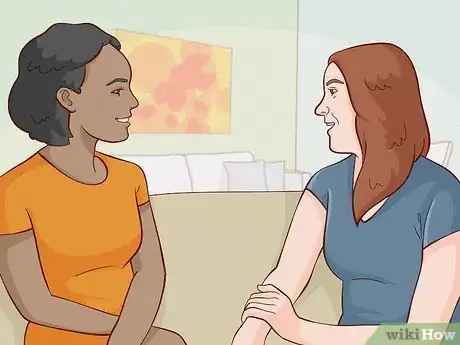
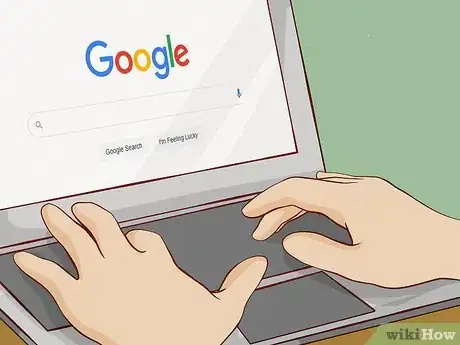
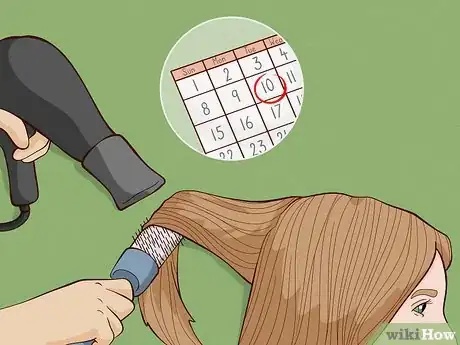
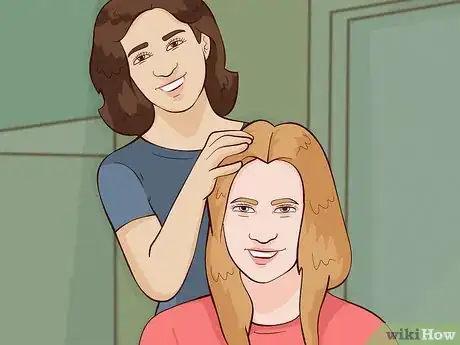
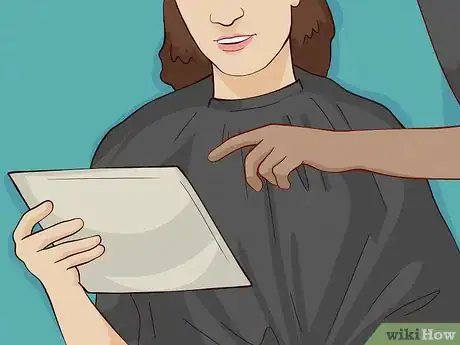
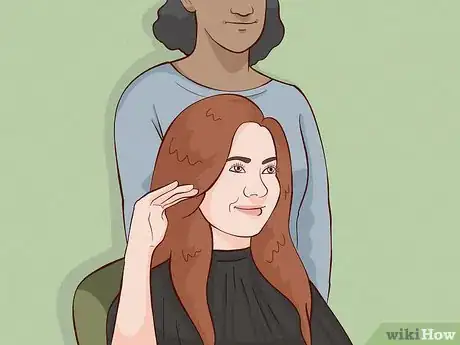
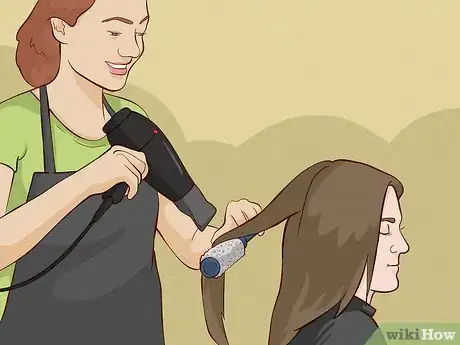
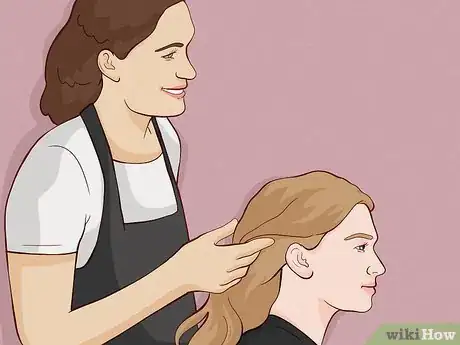

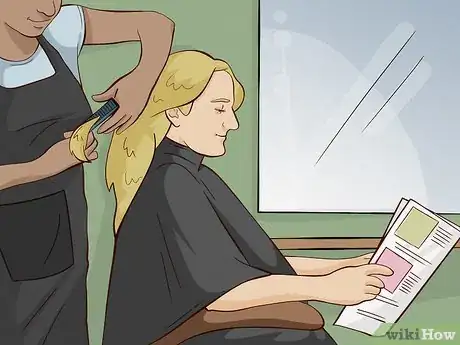
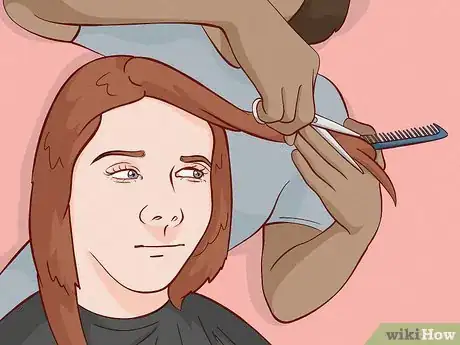
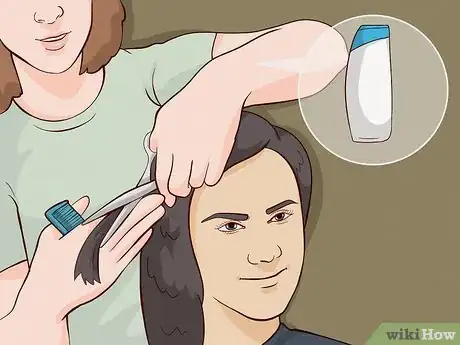
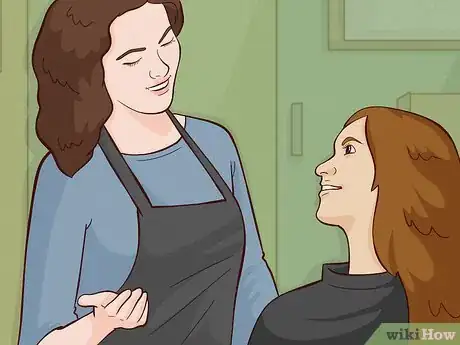
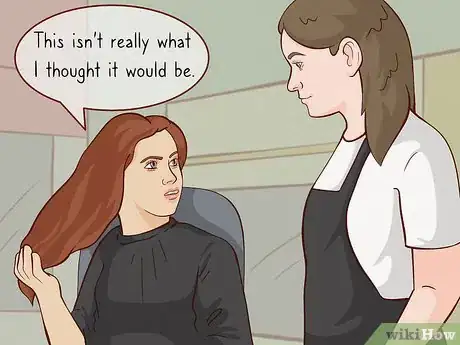


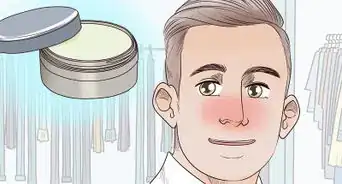
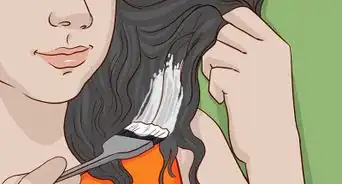



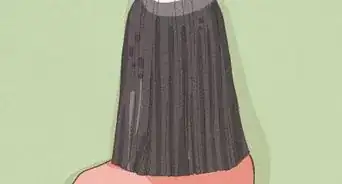
-Step-18-Version-2.webp)
